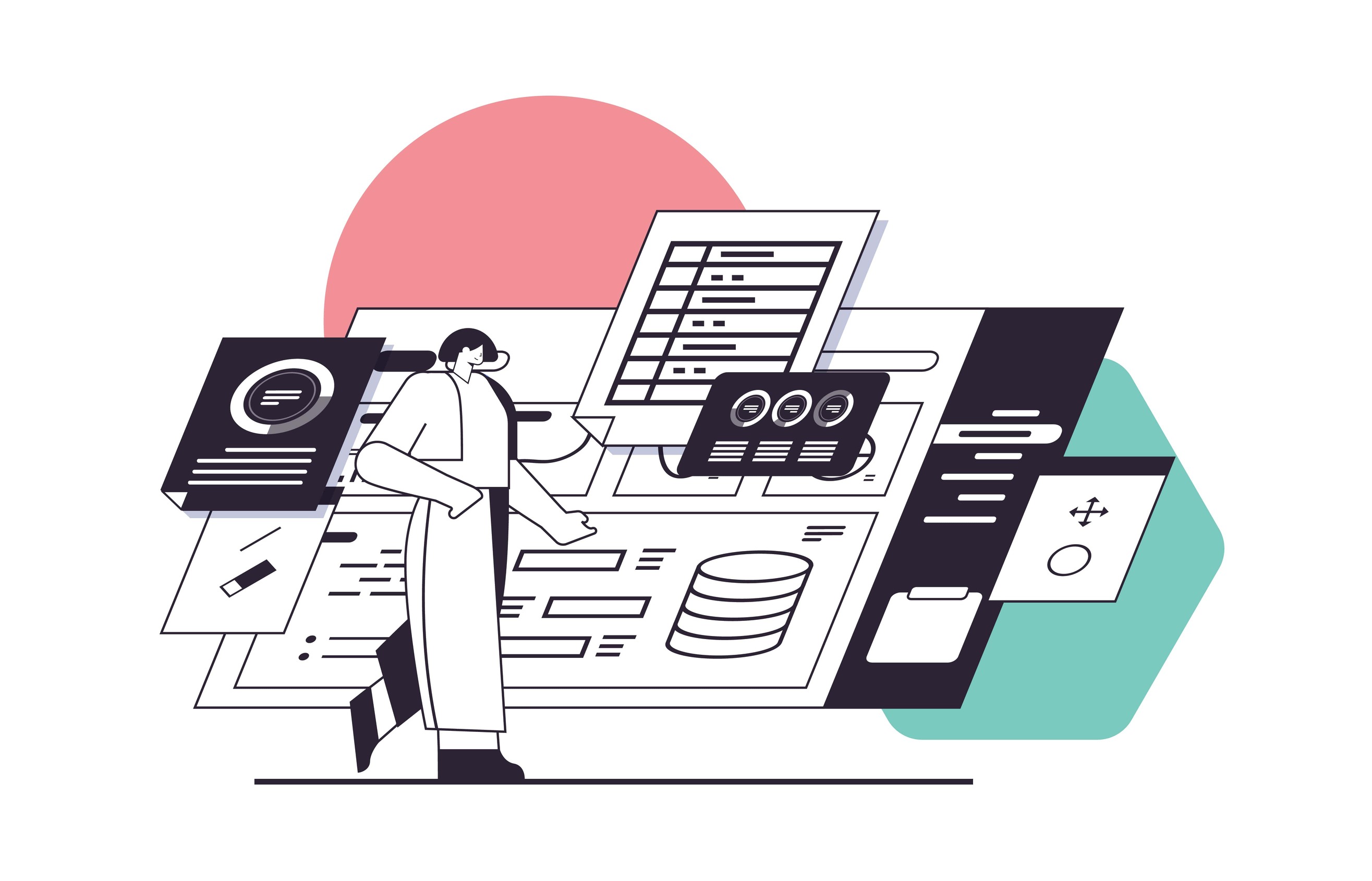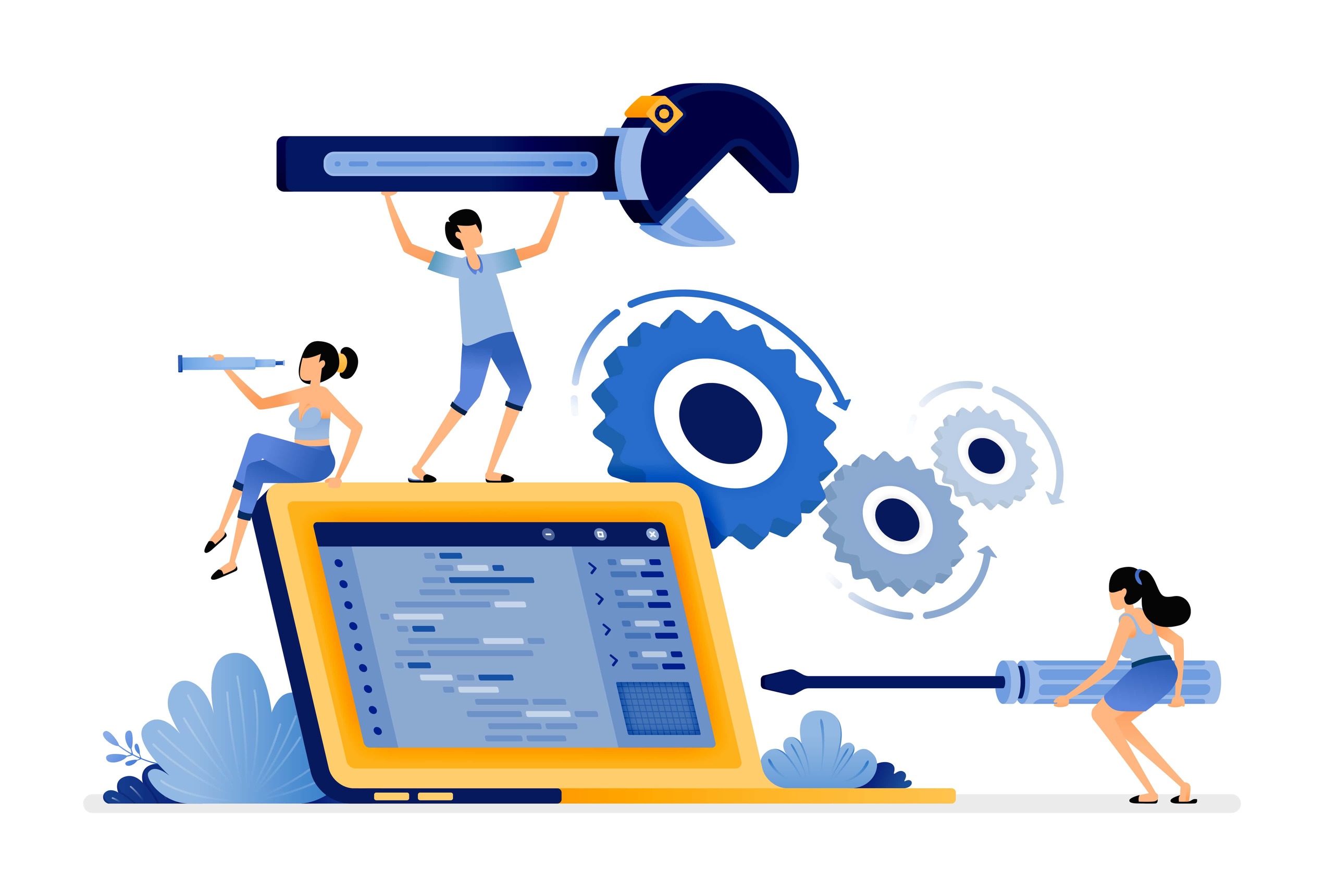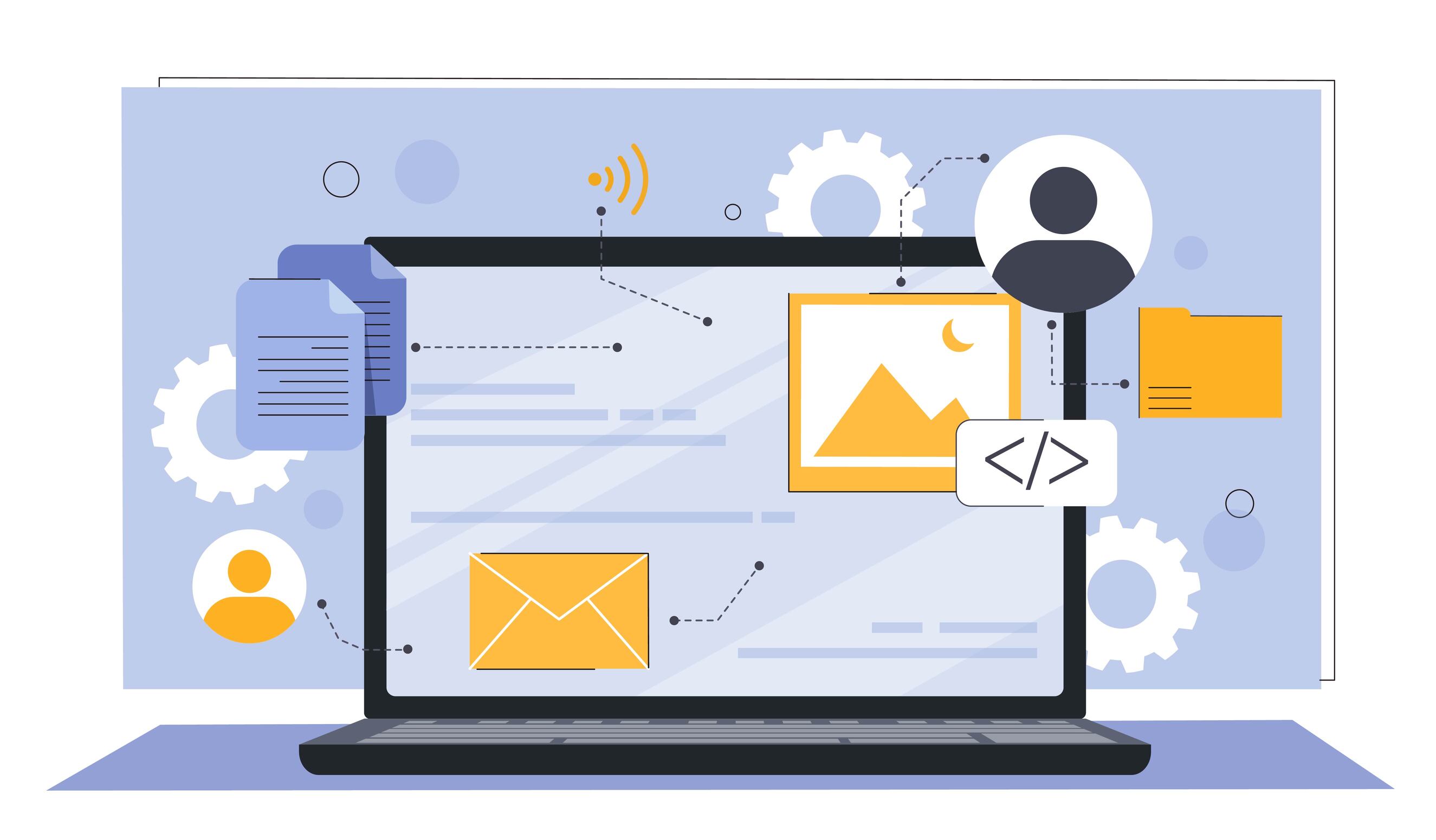Organizational Portals: The Knowledge and Services Center of the Organization
Corporate portal

 3726
3726 
Organizational Portals: The Knowledge and Services Center of the Organization
In the modern business world, organizations face complex challenges in information management, internal communication, and providing efficient services to employees. An organizational portal is a comprehensive solution that provides a central information and services hub, enabling the organization to streamline processes, improve collaboration, and empower employees. In this article, we will explore the benefits of organizational portals, discuss important features, and provide examples from the field of organizations that have successfully implemented successful portals.
What is an Organizational Portal?
An organizational portal is an online platform that centralizes all the information, tools, and services needed by the organization's employees in one place. It provides secure and personalized access to company resources, such as documents, applications, data, and communication. Modern portals offer an intuitive interface and an excellent user experience, allowing employees to easily find the information they need and perform tasks efficiently.
According to research by Forrester, organizations using portals experience a 35% increase in employee productivity and a 25% improvement in organizational knowledge sharing.
Benefits of Organizational Portals
- Central Access to Information: A portal enables employees to easily access essential information, such as company policies, training, forms, and documents, without the need for extensive searches across multiple sources.
- Improved Knowledge Sharing: Portals encourage knowledge and information sharing among employees and departments by providing a centralized platform for document sharing, discussions, and collaboration.
- Effective Internal Communication: Through tools like blogs, forums, and news feeds, portals enable transparent and bidirectional communication between management and employees, as well as among different teams.
- Automation of Processes: Portals can streamline organizational processes by digitizing and automating workflow for common tasks, such as submitting expense reports, requesting leave, and more.
- Strengthening Organizational Culture and Engagement: Portals can serve as a hub for content and activities that reinforce organizational values and identity, contributing to employee engagement and increasing their satisfaction.
Cisco is an excellent example of an organization that has succeeded in implementing an effective organizational portal. Their portal, Cisco Employee Connection, serves more than 70,000 employees around the world. It centralizes all the applications, tools, and services needed for daily work and offers features such as online learning, document sharing, employee profiles, and news updates. As a result, Cisco has experienced significant improvements in productivity, collaboration, and employee engagement.
Important Features of a Successful Organizational Portal
- Intuitive and User-Friendly Interface: The portal should be easy to navigate, with a clean and inviting design that allows quick access to required information and tools.
- Personalization and Relevance: The ability to customize content and services based on each user's role, department, or preferences, ensuring that the most relevant information is easily accessible.
- Strong Search Functionality: A powerful search engine that allows users to quickly find the information or resources they need, using smart filtering and advanced search features.
- Multi-Device Access: The portal should be accessible from a variety of devices, including desktops, tablets, and smartphones, to enable employees to access information from anywhere at any time.
- Integration with Organizational Systems: Seamless integration with existing organizational systems and applications, such as CRM, ERP, and collaboration tools, to ensure smooth information flow and a consistent user experience.
For instance, Unilever has developed an advanced organizational portal called "Una," which serves 170,000 employees in over 100 countries. The portal features a personalized interface that displays the most relevant content and applications for each user. It also offers smart search, multi-device access, and seamless integration with core organizational systems. Thanks to Una, knowledge sharing and use of Unilever's organizational resources have significantly improved, leading to increased innovation and improved business performance.
Important Steps for Implementing an Organizational Portal
- Define Goals and Requirements: Identify the primary objectives and functional requirements of the portal, according to the unique challenges and needs of the organization.
- Select the Right Platform: Choose a portal platform that meets your organizational needs, considering factors like functionality, flexibility, scalability, and cost.
- Design a Successful User Interface: Invest in designing an intuitive and inviting interface that provides an excellent user experience and easy access to information and services.
- Content Migration and System Integration: Define relevant content, workflows, and integrations with existing organizational systems, ensuring seamless data flow between platforms.
- Training and Adoption Among Employees: Provide comprehensive training and ongoing support to employees to ensure successful adoption of the portal and effective use of all its features and capabilities.
- Continuous Measurement and Improvement: Track key performance indicators (KPIs), collect user feedback, and implement ongoing improvements to optimize the portal and adapt it to the changing needs of the organization.
One of the leading organizations in successfully implementing a portal is the U.S. Department of the Treasury. Their organizational portal, which recently underwent a comprehensive makeover, serves more than 100,000 employees in 16 agencies. The project included a thorough needs assessment, careful platform selection, intuitive user interface design, and a structured implementation process. As a result, the Treasury's portal achieved significant improvements in knowledge sharing, streamlined workflows, and enhanced collaboration between various agencies.
Conclusion
Organizational portals are a powerful tool capable of transforming how organizations manage information, share knowledge, and provide services to employees. By providing centralized access to resources, automating processes, and encouraging collaboration, effective portals drive productivity, innovation, and business growth. Investing in a quality portal platform and ensuring essential features such as an intuitive interface, personalization, and seamless integration are key components to maximizing the benefits of this advanced technology. Organizations that successfully embrace portals as a hub for knowledge and services are equipped to tackle the complex challenges of the modern business environment and thrive in the digital age.






